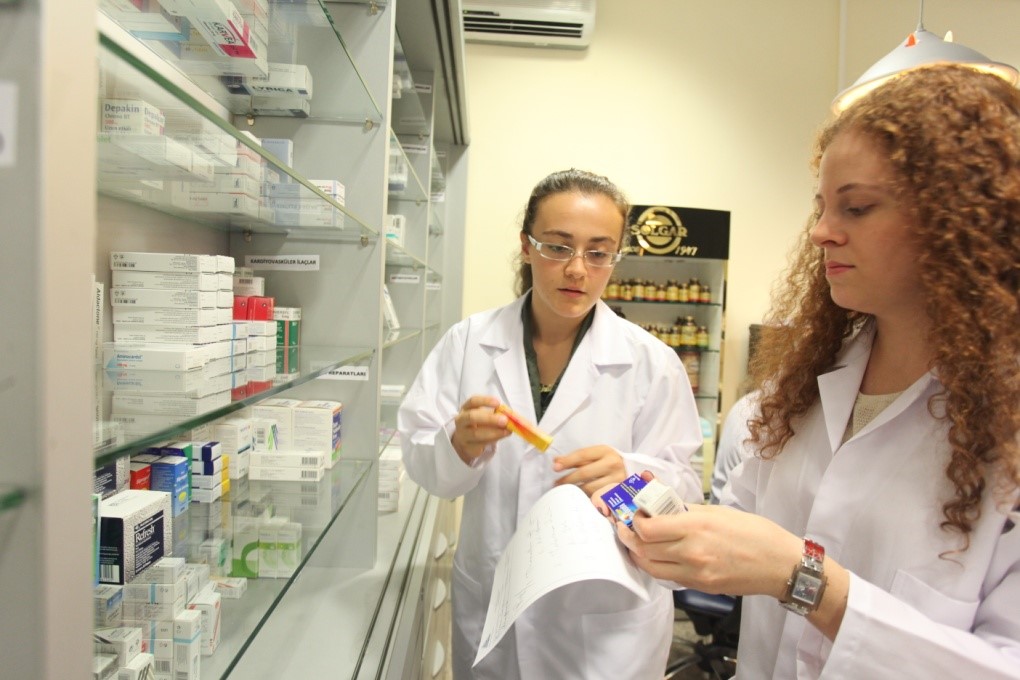
What is Physical Treatment?
The American Physical Therapy Association defines physical treatment as "... a health occupation whose main purpose is the promotion of optimal human health and function through the application of clinical concepts to prevent, identify, assess, remedy, or ease severe or prolonged movement dysfunction".
Physical Treatment is an occupation whose primary purpose is the restoration, upkeep, and promo of ideal health, function, and quality of life for people of any ages. The science of physical treatment includes the application of restorative modalities, strategies, and interventions that assist restore a person to their maximum physical capacity. The art of physical treatment is helping individuals assist themselves.
In laws and policies defining practice, physical treatment is typically defined as the care and services provided by a physiotherapist or a physiotherapist assistant under the direction and supervision of a physiotherapist, and consist of:
Minimizing impairment and functional constraint by developing, implementing, and customizing healing interventions;
Preventing injury, impairment, practical restriction and impairment; and Taking part in assessment, education, and research.
More information about the occupation of physical treatment may be gotten by going to the American Physical Therapy Association's web site at www.apta.org
Who are Physiotherapist Assistants?
Physical Therapist Assistants, or PTA's, are experienced healthcare companies who work with and under the instructions and guidance of a physical therapist to provide physical treatment services. In order for a private to practice as a PTA, they should finish from a certified PTA program and successfully pass a licensing/certification test.
PTA's play an essential role in supplying physical treatment services for individuals with different impairments. When a patient looks for or is referred for physical therapy services, the physical therapist performs an initial evaluation and lays out a plan of care. The PTA can then carry out all or part of the treatment strategy as advised by the physiotherapist.
The American Physical Treatment Association recognizes the PTA as the only person who helps the physical therapist in the shipment of chosen physical therapy interventions.
What does a Physiotherapist Assistant do?
The physical therapist assistant (PTA) performs physical therapy interventions and associated jobs under the direction and supervision of a physiotherapist. Such tasks might consist of training patients in healing exercise and activities of daily living, utilizing physical agents such as cold, heat, electrical energy, or water for discomfort relief and healing, advising individuals in making use of assistive gadgets for strolling, taking part in wound care, promoting health and injury prevention, supplying patient and family education, training patients in wheelchair activities, helping the physical therapist in performing client assessments and complicated interventions, and much more.
The PTA likewise monitors the client's response to treatment, carries out various tests and measures, files appropriate aspects of patient care, and preserves ongoing communication with the supervising physical therapist, along with other health care specialists.
What is the distinction between a PT and a PTA?
The physiotherapist (PT) and the physical therapist assistant (PTA) vary in educational preparation and levels of duties as it relates to the arrangement of physical therapy services.
Today, the frustrating majority of PT schools educate physical therapists at the Doctorate level, although lots of practicing therapists were educated when programs needed only a Master's or Bachelor's degree. The PTA is educated at the Associate's degree level, which usually corresponds to 2 years of college.
The PTA has a working knowledge of the theory behind treatment interventions, understands pathological conditions being treated, and comprehends how to apply methods and methods utilized to treat those conditions.
The PT has substantial education in evaluative skills, research study, and administration, as well as advanced coursework in human anatomy, neuroanatomy, orthopedics, pathology, and healing techniques. Both the PT and the PTA need to graduate from recognized programs and pass a licensing examination in order to practice in their particular roles.
Consumers/patients might seek the services of the physiotherapist straight, or, the patient might be referred to a physiotherapist by a physician. The PT carries out the initial evaluation and examination of the patient. The assessment will result in a physical treatment medical diagnosis, and as suitable, the PT will develop goals or results to be accomplished by a physical treatment plan of care and treatment plan.
The PTA can not carry out Additional info the initial assessment or assessment; nevertheless, the PTA may assist the PT in gathering data. Following the assessment of the patient, the PTA may carry out selected interventions and information collection as directed by the monitoring PT. The PTA should constantly work under the direction and guidance of a physiotherapist. The collaborative relationship in between the PT/PTA is highly efficient and valued, and the group significantly adds to the success of the overall rehab procedure.